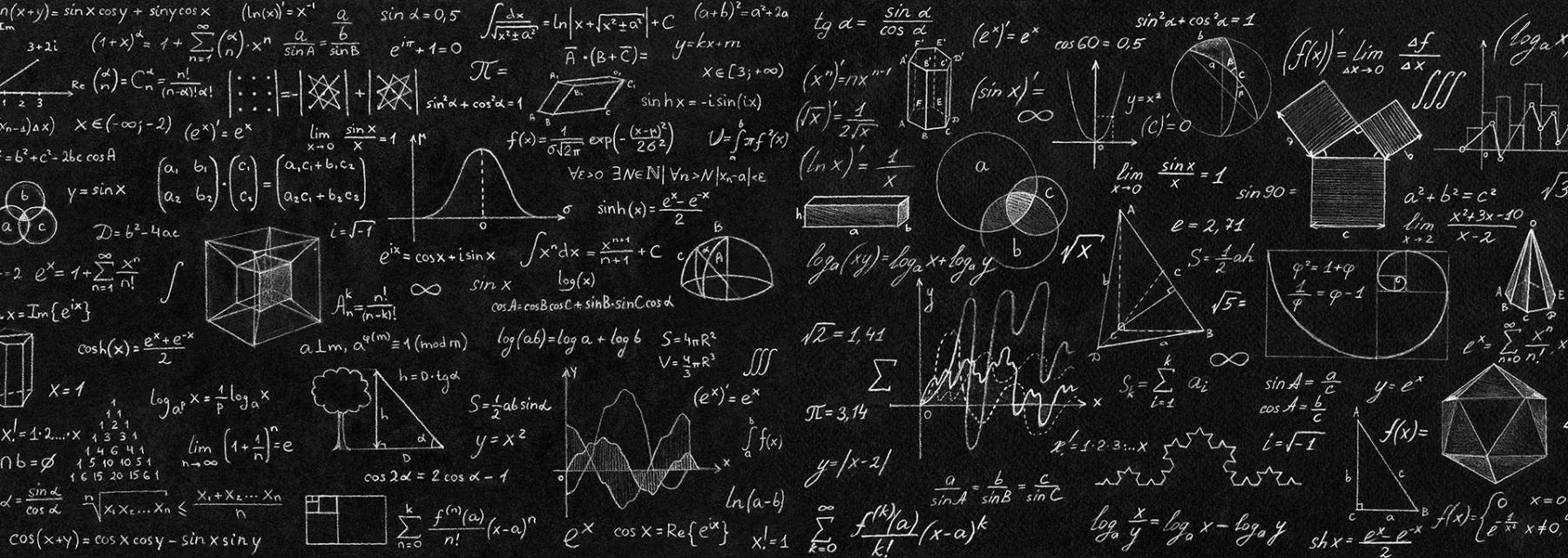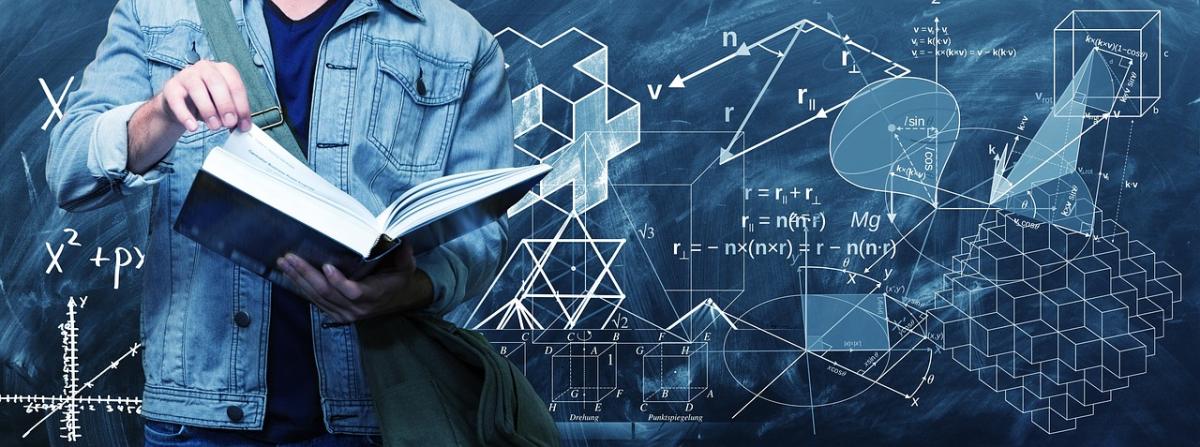
Balancing Act
This lesson aims to introduce the concept of equilibrium point by creating and revising a model.
This hands-on lesson encourages students to explore the concepts of equilibrium and balance while promoting consensus-building within their small groups. It encourages critical thinking, collaboration, problem-solving, and communication skills, which are essential in the scientific process.
I use this lesson early in the year and refer back to it when creating force diagrams. It is a great introductory lab to start modeling consensus building in the classroom.
Lesson Plan Link/URL
https://docs.google.com/presentation/d/1FehYSjS48Li5IK7ehxeIWiw-K6qZsK80/edit?u…Subject Area
Science Physical Science P3: Net Force Technology 3. Knowledge Constructor 6. Creative Communicator Mathematics Measurement and Data (MD) English Language Arts (ELA) Speaking & ListeningRelated Content

This lesson plan is a continuation of Part 1 (link to Part 1 is included). In this lesson, students will apply what they've learned from deconstructing boxes, and they will design their own unique

In this lesson, students will deconstruct cell phone boxes and other tech-packages to understand how packaging design relates to consumer experience. They will analyze what makes some designs more

This is the 4th and final part of a 4-part series that allows students to communicate what they've learned through using the engineering design process to develop new vision technology. Links to all